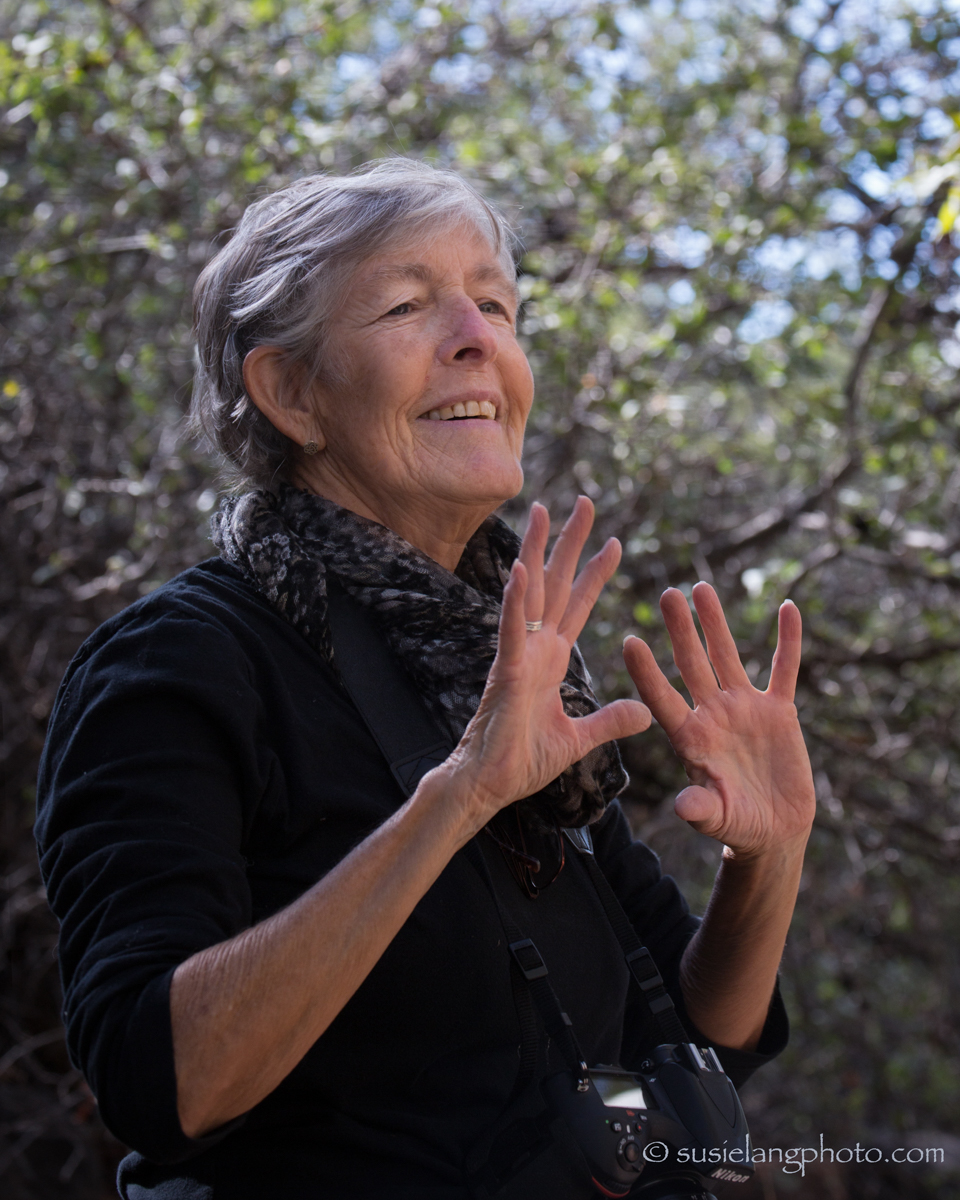 “What If…?”
“What If…?”
I have an artist friend who invited me to play with paints one day. As we dabbled, she asked, “What would happen if we tried this novel color combination? Or sprinkle salt on the wet paint? “ I’m not a painter, but her approach has stuck with me as I follow my art: Photography. That playful question “What If…?” is my constant companion.
Standing on a high ridge at blue dusk , I aim my camera at a flame dancer who is twirling fire fans. What if I darken the exposure, throw her into silhouette, and follow the arcs of orange flames?
In the early dawn light I focus two dancers twining their mud-caked bodies around the sinuous white roots of an ancient Sycamore tree. What if I switch to an infrared camera?
It’s been a long journey to this point in my photographic life. I cut my teeth on documenting civil unrest in Central America in the late 70s. My “What If…” was more like “What exposure settings do I use since I don’t have a light meter?” “Where should I focus?” And most important, “How do I take pictures without having the film ripped out of my camera body by hostile militia?”
After a couple of years I opted out of gut-wrenching photojournalism, convinced that photographing simpler things like Thai art in a museum better suited a family schedule. And then while back in the states I stopped photographing. Decades later, when the children were launched, I fingered the old camera dials and turned back to photography. Except everything had changed . Now there is auto focus, auto exposure, and digital capture. I began as a beginner learning contemporary techniques at the Santa Fe Photographic Workshops and the Maine Media Workshops.
My photojournalism skills, such as the ability to navigate the street, shoot fast, connect with people, and read a situation, served me well. I worked on advocacy documentaries—both multi-media and video. Eventually, I translated those journalism skills to performing arts like dance, aerial silks, and fire dancers.
I gravitated towards performing artists who are passionate activists using their art to help protect the planet, expressing ways to improve mental health, and creating art to preserve their cultural traditions.
There is a difference in how I approach photography now. Rather than documenting a fast-moving action situation I like to collaborate with artists playing “What If…?”
What does collaboration look like? It can be choosing a location, theme, dress (or nude) with the performing artist. I may ask a question of a dancer who struggles with depression, “What does depression look like?” She gathers the aerial silks around her, and covering herself pushes her hands against the material as though smothered. I place the lights and shoot…
Afterwards I encourage artists to participate in the editing process. I often ask artists to sit at the computer screen with me to decide the pose, expression, feel that they like. But sometimes even more creative collaborations happen. One of the dancers recently pointed to an image and said, “What would happen if you turned that image on its side?”
This year I took my first overseas photo workshop ever, with photo artist and educator Elizabeth Opalenik. Going to Cuba with her was so life- changing I decided to follow her to Tuscany for another workshop, perhaps her last. She encouraged and challenged me to do photographic things I had never allowed myself before. What if I took a very slow exposure and blurred a dancer’s spin? What if I switched from technicolor to soft black and white infrared? What if I submerged myself underwater and captured the fluid motions of a dancer as breath bubbles rise to the surface?
For awhile I worried that in my quest of discover I have no specific style. I don’t specialize in portraits or landscapes, or black and white or alternative processes. I’m always seeking something new (for me) like lo-key portraits, using stylized brushes, or hand painting.
I now realize that Is my style — to keep pushing the edges by creating with a “What If…?” attitude.
